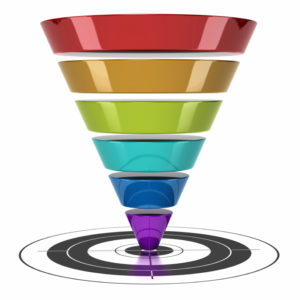Citations – Good News in Blogging, Confusing in Spelling, Bad News in Driving

“The triple whammy of homophones ‘cite’, ‘site’, and ‘sight’ has the potential to create a great deal of confusion,” the editors of The Book of Random Oddities explain. To cite, they go on to explain, means to “quote someone, or someone’s work, as a authoritative source to support an argument.” The word “cite”, the book’s authors add, is a verb derived from the Latin “citare”, which means to summon or to put into motion. (In contrast, a building sits on a site, and our vision is our sight.). Of course, the verb “cite” can also refer to issuing a court summons or parking ticket.
My college students are taught to use citations and reference pages to show where they got their information. That way, the students avoid plagiarism by properly attributing statements to the original authors of that material. . In your blogs, you use citation as well, giving credit to the sources of your information. Even if you’re putting your own unique twist on the topic, link to websites from which you got some of your original information or news.
Since, as a business blog content writer, my ”arena” is the World Wide Web, I can’t help but be awed by the fact that the internet has become the largest repository of information in human history. Trillions of words are added to it daily, and literally anyone with access to a computer or cell phone can add content to the mix at any time.
But the fact is, people read blogs to get information and we, as content providers need to provide that information with honesty and respect towards readers – and towards the original creators of any materials we use to support the points we want to make.
Looking at citation from a whole other vantage point, author Neil Patel advises citing your own older blog posts (as I’ve done in the paragraph above). “Millions of posts are written, then seen by a few people and then essentially discarded into the blog post graveyard,” Patel laments. In fact, Patel considers old blog posts more valuable than new ones, with the majority of his traffic each month going to old posts.
Citations may be confusing, given the homonym “site” and traffic ticket terminology, but in blogging – citations represent good practice and good news!


 Not one encounter, or even two. “To ensure you are consistently giving clients this close attention, you should take them through a series of FIVE relationship-building meetings,” is the advice John Bowen, Jr. gives to his fellow financial advisors. Why five? Each of the meetings has a specific purpose; each is designed to move the new client further down the “sales funnel”. There are:
Not one encounter, or even two. “To ensure you are consistently giving clients this close attention, you should take them through a series of FIVE relationship-building meetings,” is the advice John Bowen, Jr. gives to his fellow financial advisors. Why five? Each of the meetings has a specific purpose; each is designed to move the new client further down the “sales funnel”. There are:
 “The next time someone asks you a seemingly stupid question, stop and look at it from their side,” advises speaker Todd Hunt. After asking his local copy shop to quote a simple black-and-white printing job, Hunt was annoyed when they emailed him asking whether he wanted them to print his job on their black printer or color printer. (“What a stupid question,” Hunt’s first thought was.) His printer explained that some clients want black jobs printed on a color printer because that gives the black a richer glow. “My project didn’t need a ‘fancy’ black, he explains now. “But they asked, and that impressed me,” Hunt now concludes.
“The next time someone asks you a seemingly stupid question, stop and look at it from their side,” advises speaker Todd Hunt. After asking his local copy shop to quote a simple black-and-white printing job, Hunt was annoyed when they emailed him asking whether he wanted them to print his job on their black printer or color printer. (“What a stupid question,” Hunt’s first thought was.) His printer explained that some clients want black jobs printed on a color printer because that gives the black a richer glow. “My project didn’t need a ‘fancy’ black, he explains now. “But they asked, and that impressed me,” Hunt now concludes.
Follow us online!